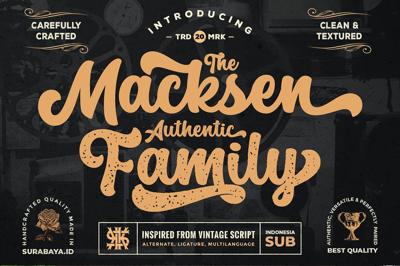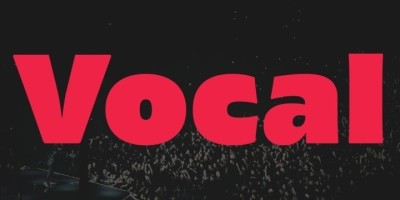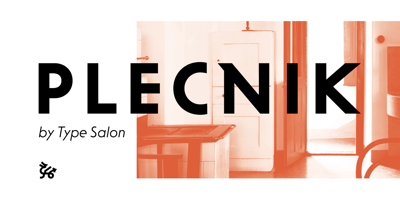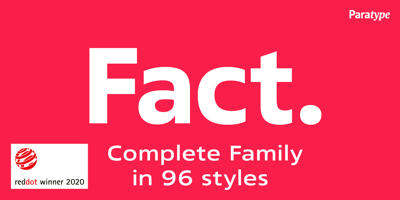The Stories Behind Iconic Fonts in Movie and TV Posters
The Stories Behind Iconic Fonts in Movie and TV Posters
Typography in film and TV posters is more than just a design choice—it’s a vital storytelling element that sets the tone, era, and emotion even before the audience watches a single frame. Let’s dive into the fascinating stories of some of the most iconic fonts used in movie and TV posters.
1. Star Wars – ITC Serif Gothic
The original Star Wars poster used ITC Serif Gothic, a hybrid font blending serif and sans-serif characteristics. Designer Suzy Rice created the custom logotype under George Lucas’s direction, aiming for a "fascist style" that felt powerful and imposing. Over the years, variations and custom type have evolved, but the futuristic-meets-classical vibe remains.
2. Harry Potter – Adobe Garamond (Modified)
The Harry Potter logo is instantly recognizable for its lightning bolt “P.” The underlying type is based on Adobe Garamond, modified with custom serifs and decorative elements. The font evokes a sense of old-world mysticism and academic tradition, perfectly fitting Hogwarts’ magical universe.
3. Stranger Things – ITC Benguiat
Nothing screams '80s like ITC Benguiat, chosen for Stranger Things to reference the era’s pulp horror novels and Stephen King book covers. The typeface’s sharp, vintage curves establish both nostalgia and unease, setting the perfect tone for the show’s supernatural themes.
4. Jurassic Park – Neuland Inline
Jurassic Park’s iconic logo uses Neuland Inline, a bold display typeface originally created in 1923 by Rudolf Koch. The primitive, carved look evokes ancient history and adventure, reinforcing the film’s themes of dinosaurs and lost worlds.
5. The Godfather – Corleone (Inspired by Caslon)
Though the official Godfather logo was custom-designed, it draws inspiration from Caslon, a classic serif font. The puppet strings icon was incorporated to symbolize manipulation and control. The combination of formal typography and graphic iconography cemented its legendary status.
6. Friends – Gabriel Weiss’ Friends
The whimsical handwritten font in the Friends logo, Gabriel Weiss’ Friends, became synonymous with the beloved sitcom. It wasn’t commercially available during the show’s original run but later recreated by fans. The playful, informal style reflects the warmth and camaraderie of the series.
7. Blade Runner – Letter Gothic (Modified)
Blade Runner’s stark, futuristic aesthetic owes much to its typography. The logo is based on Letter Gothic, modified to achieve sharp, angular cuts that mirror the film’s cyberpunk visuals and noir sensibilities.
8. Lord of the Rings – Sauron Font (Custom)
The Lord of the Rings franchise used a custom typeface inspired by Uncial scripts and Tolkien’s own calligraphy. Its medieval, organic forms evoke the epic fantasy world’s ancient history and lore.
9. Back to the Future – Avant Garde (Modified)
Back to the Future’s time-bending logo features a heavily modified version of Avant Garde Gothic, skewed and stylized with dynamic arrows to emphasize motion and excitement.
10. Breaking Bad – Arial Rounded MT Bold
While Breaking Bad’s main title uses Arial Rounded MT Bold for its clean sans-serif structure, it’s the clever inclusion of the periodic table elements that make the typography memorable and symbolic of chemistry and transformation.
Why Fonts Matter in Posters
A well-chosen font conveys genre, tone, and audience expectations in an instant. Horror films lean toward distressed or gothic typefaces, comedies favor playful or rounded fonts, while dramas opt for clean, classic serifs. The font is part of the storytelling language.
Final Thoughts
Next time you see a movie or TV poster, take a moment to appreciate the typography—it might be subtly guiding your emotions and expectations. Whether evoking nostalgia, adventure, or suspense, these fonts have helped make their stories unforgettable.




